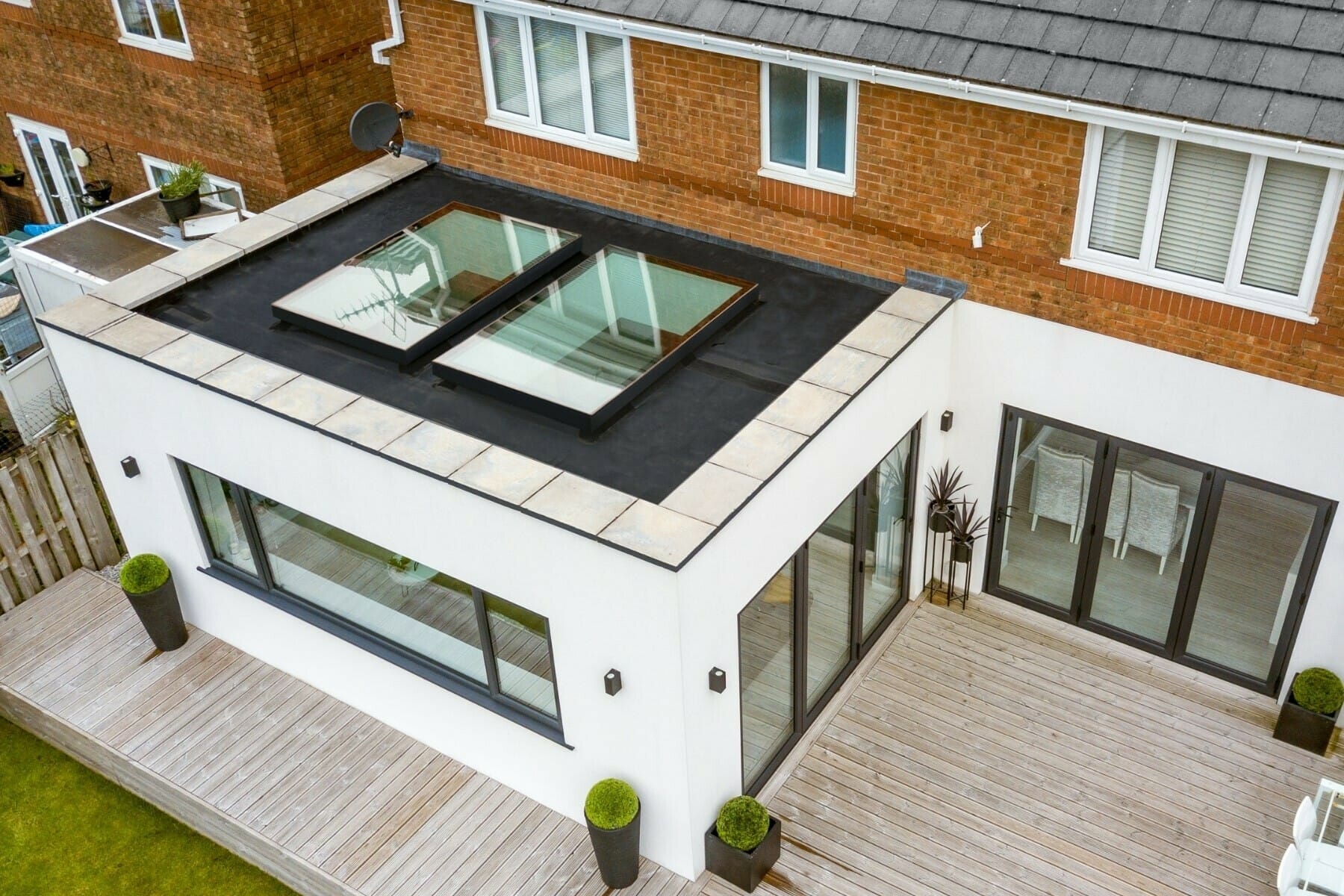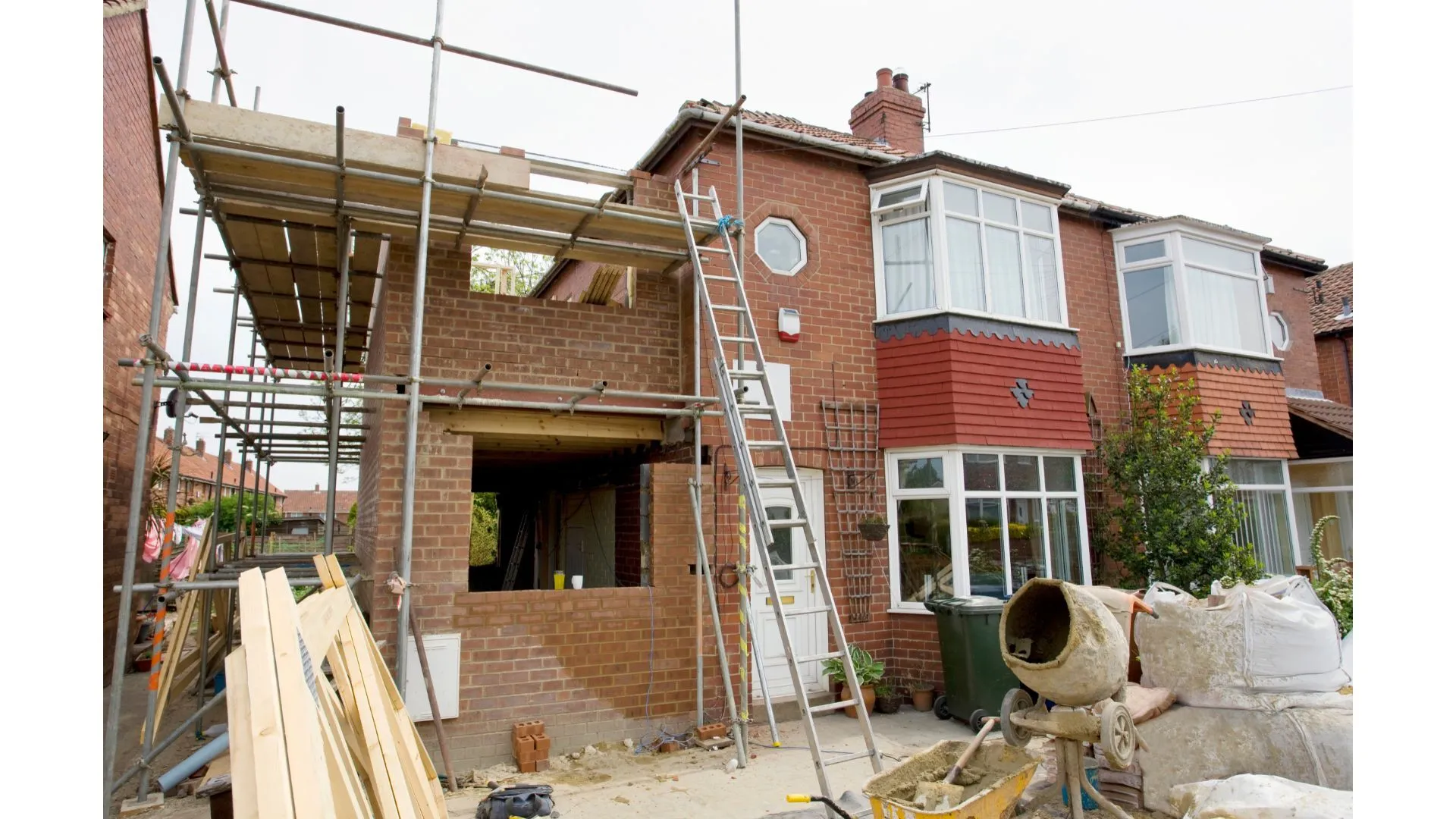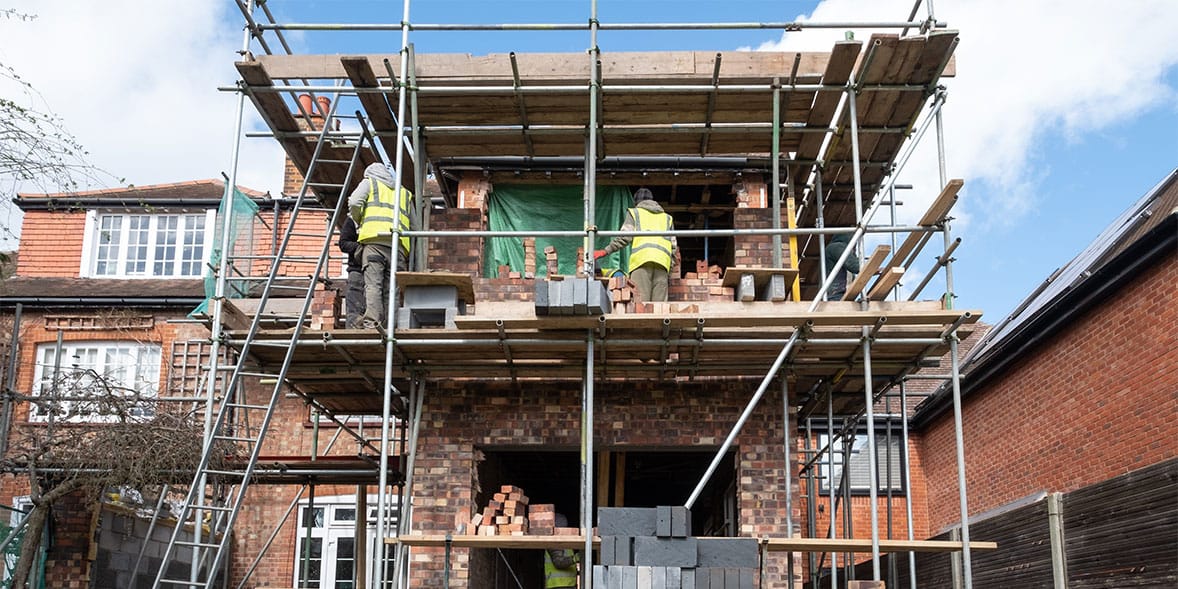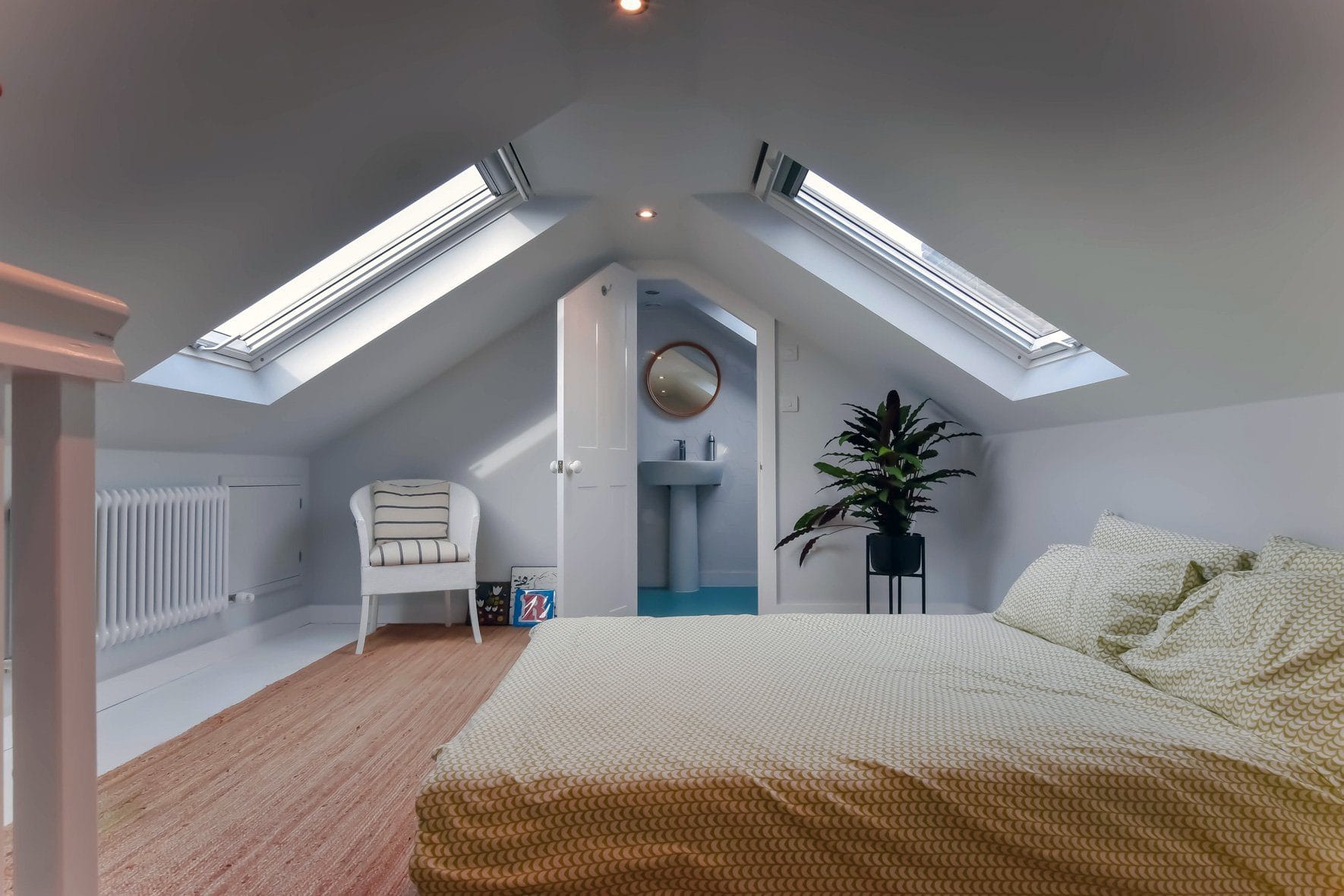
Building Regulations Approval – When you need approval
Building Regulations approval is mandatory for most building projects to ensure that construction work meets specific standards for safety, energy efficiency, accessibility, and structural integrity. Even if a project falls under permitted development (and does not require planning permission), Building Regulations approval may still be required. Below is a detailed explanation of when Building Regulations approval is required and mandatory:
When Building Regulations Approval is Required
Building Regulations approval is typically required for the following types of work:
1. New Buildings: Construction of new residential, commercial, or industrial buildings.
2. Extensions: Any extension to a property, including conservatories (if they meet certain conditions, see exceptions below).
3. Structural Alterations: Removing or altering load-bearing walls, chimneys, or roofs. Installing steel beams or other structural supports.
4. Loft Conversions: Converting a loft into habitable space (e.g. a bedroom or office).
5. Internal Alterations: Creating new rooms, such as bathrooms or kitchens. Installing new windows or doors (if they replace existing ones and change the structural opening).
6. Electrical Work: Installing new electrical circuits or consumer units (fuse boxes). Rewiring a property.
7. Plumbing and Heating: Installing new heating systems, boilers, or radiators. Adding new bathrooms or showers (including drainage and waste systems).
8. Windows, Doors, and Roof Lights: Replacing windows, doors, or roof lights (if they are in a new location or change the structural opening).
9. Fire Safety Measures: Installing fire doors, alarms, or emergency lighting in commercial properties or multi-occupancy residential buildings.
10. Insulation and Energy Efficiency: Adding or upgrading insulation in walls, roofs, or floors. Installing renewable energy systems (e.g., solar panels or heat pumps).
11. Drainage and Waste Systems: Installing new drainage systems or altering existing ones. Building new septic tanks or soakaways.
12. Accessibility: Making alterations to improve accessibility, such as installing ramps or stairlifts.
When Building Regulations Approval is Not Required
There are some exceptions where Building Regulations approval is not required, including:
1. Small Detached Buildings: Outbuildings (e.g., sheds, garages, or greenhouses) that are:
– Less than 15 square metres in floor area and contain no sleeping accommodation.
– Between 15 and 30 square metres, provided they are at least 1 metre from any boundary or are constructed of substantially non-combustible materials.
2. Conservatories: Conservatories are exempt if they:
– Are less than 30 square metres in floor area.
– Are separated from the main house by external-quality doors.
– Have an independent heating system.
– Use glazing that complies with safety standards.
3. Porches: Porches are exempt if they:
– Are less than 30 square metres in floor area.
– Are separated from the main house by external-quality doors.
4. Repairs and Maintenance: Minor repairs or like-for-like replacements (e.g., replacing a broken window or repairing a roof) do not require approval, provided the work does not affect the building’s structural integrity or fire safety.
5. Certain Electrical Work: Minor electrical work, such as replacing sockets or light fittings, does not require approval. However, new circuits or consumer units do.
How to Obtain Building Regulations Approval
There are two main routes to obtaining Building Regulations approval:
1. Full Plans Application: Submit detailed plans and specifications to your local authority or an approved inspector. The plans are checked for compliance with Building Regulations before work begins. Once approved, you will receive a formal approval notice. Inspections are carried out at key stages of the project.
2. Building Notice Procedure: This is a simpler process where you notify the local authority of your intention to start work. No detailed plans are required, but you must still comply with Building Regulations. Inspections are carried out during the project.
Penalties for Non-Compliance:
Failing to obtain Building Regulations approval when required can result in:
– Enforcement action by the local authority.
– Fines or prosecution.
– Difficulty selling the property, as buyers may request evidence of compliance (e.g. Completion Certificate).
Building Regulations approval is mandatory for most building projects, even if planning permission is not required. Exceptions include small outbuildings, conservatories, porches, and minor repairs. Always check with your local authority or a building control body to confirm whether your project requires approval. If in doubt, apply for a **Lawful Development Certificate (LDC)** or seek professional advice.

Building Regulations - Planning Approval
No building regulations approval? What’s the solution?
If building regulations approval and certification should have been obtained for building works and no such approval exists, there are potential consequences. Under the provisions of Section 36(6), Building Act 1984, the council can seek a High Court injunction to require the alteration or removal of work that doesn’t comply.
To apply for Building Regulations approval, you can choose between two main routes:
Full Plans Application: Submit detailed construction plans and specifications to your Local Authority Building Control (LABC) for approval before starting work. This provides certainty that your plans comply with regulations.
Building Notice: For smaller projects, submit a less detailed notice 48 hours before starting work. This is quicker but carries more risk, as compliance is assessed during inspections.
Inspections are conducted at key stages of the project, and once the work is completed and approved, a completion certificate is issued. Alternatively, you can use an approved Private Building Control Inspector instead of the local authority. Contact Us for more information.



